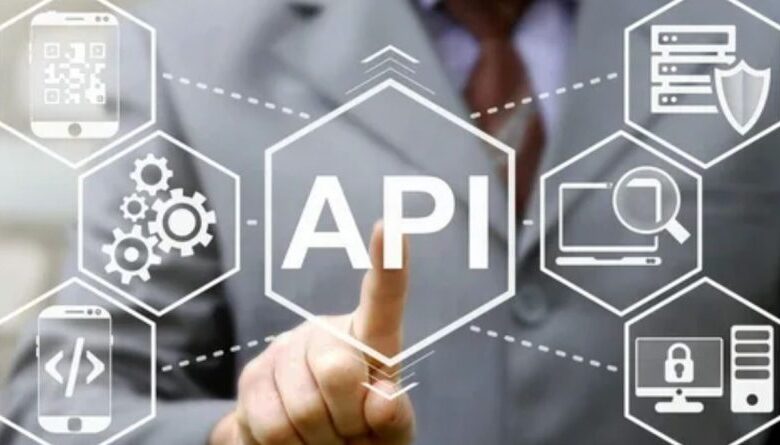Maximizing API Success: The Importance of Wireframing and Modeling

Introduction
APIs (Application Programming Interfaces) are the backbone of modern digital systems, enabling seamless communication between different software applications. To build successful APIs, businesses and developers must focus not only on the code but also on thoughtful planning through wireframing and modeling. These steps help design an efficient and user-friendly API that meets business needs and avoids potential roadblocks.
Why API Design Matters
The Growing Importance of APIs in Business
In today’s interconnected world, businesses rely heavily on APIs to enable communication between systems, integrate third-party services, and enhance customer experiences. A well-designed API can improve business agility, scalability, and user engagement. However, poorly structured APIs can lead to inefficiencies, security risks, and maintenance challenges.
Avoiding Common API Pitfalls
APIs can fail for numerous reasons, from poor documentation to unclear business requirements. A poorly designed API can lead to broken integrations, increased support costs, and frustration for developers. By focusing on design before development, you minimize the risk of these issues arising later in the process.
Wireframing: Laying the Foundation for a Successful API
What is Wireframing for APIs?
Wireframing for APIs refers to the process of sketching out the structural flow and key components of the API before diving into the coding phase. Much like UI/UX designers use wireframes to plan the layout of a website, API wireframing helps developers visualize the structure of an API, mapping out how different endpoints, data types, and services will interact.
Benefits of API Wireframing
Visualizing API Functionality: Wireframing provides a visual representation of how the API will function, allowing stakeholders to grasp the bigger picture.
Improving Collaboration: Wireframes act as a common language between business teams and developers, ensuring alignment of goals and reducing misunderstandings.
Identifying Gaps Early: This stage helps spot potential issues in API logic, security, or user flow before they become costly problems.
Tools for API Wireframing
Several tools help with API wireframing and visualization, such as:
- Stoplight: A collaborative platform for API design and documentation.
- Swagger: A widely used tool for API definition and documentation.
Modeling: Structuring the API for Efficiency
API Modeling Explained
API modeling is the process of defining the data structures, endpoints, and behavior of an API in more detail. This stage builds on the wireframe to create a more formal blueprint, ensuring that all pieces of the API work together efficiently and logically.
Key Aspects of API Modeling
Data Models: Define the structure of the data your API will work with, such as resources, attributes, and relationships between them.
Endpoints and Methods: Identify the HTTP methods (GET, POST, PUT, DELETE, etc.) that will be used to access different resources within the API.
Error Handling: Plan for how the API will handle errors and communicate them to users in a meaningful way.
Versioning: Prepare the API for future updates by planning a versioning strategy from the start.
Benefits of API Modeling
Enhanced Scalability: A well-modeled API is easier to scale as your business grows, allowing for seamless integration of new features.
Improved Security: Modeling allows you to identify potential security vulnerabilities and design controls to prevent data breaches or misuse.
Better Documentation: A structured API model ensures clear, consistent documentation that developers can easily follow, improving the usability of the API.
Combining Wireframing and Modeling for API Success
Streamlined Development Process
By wireframing and modeling your API early in the project, you create a roadmap that accelerates the development process. These stages help clarify requirements and design decisions, reducing the number of revisions needed during coding.
Improved Developer Experience
APIs designed with thorough wireframing and modeling are more intuitive for developers to use. With clear endpoints, data models, and error messages, developers can integrate with the API more efficiently, reducing friction and improving satisfaction.
Reduced Maintenance Costs
API issues related to scalability, performance, or security can be expensive to fix if discovered late in the process. Wireframing and modeling allow you to anticipate and solve many of these problems before they arise, saving time and money.
Conclusion: Plan for API Success with Wireframing and Modeling
Building a successful API is more than just writing code. It requires careful planning and design to ensure that the API meets business goals and is easy for developers to use. By incorporating wireframing and modeling into your API development process, you can reduce the risk of errors, improve the user experience, and create a scalable, secure API that drives business success.
Also Read This: OpenHousePerth.net Lawyer: Your Comprehensive Guide to Legal Services in Perth



